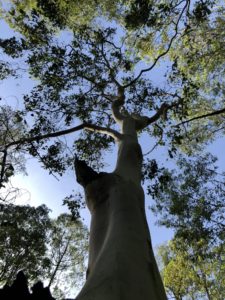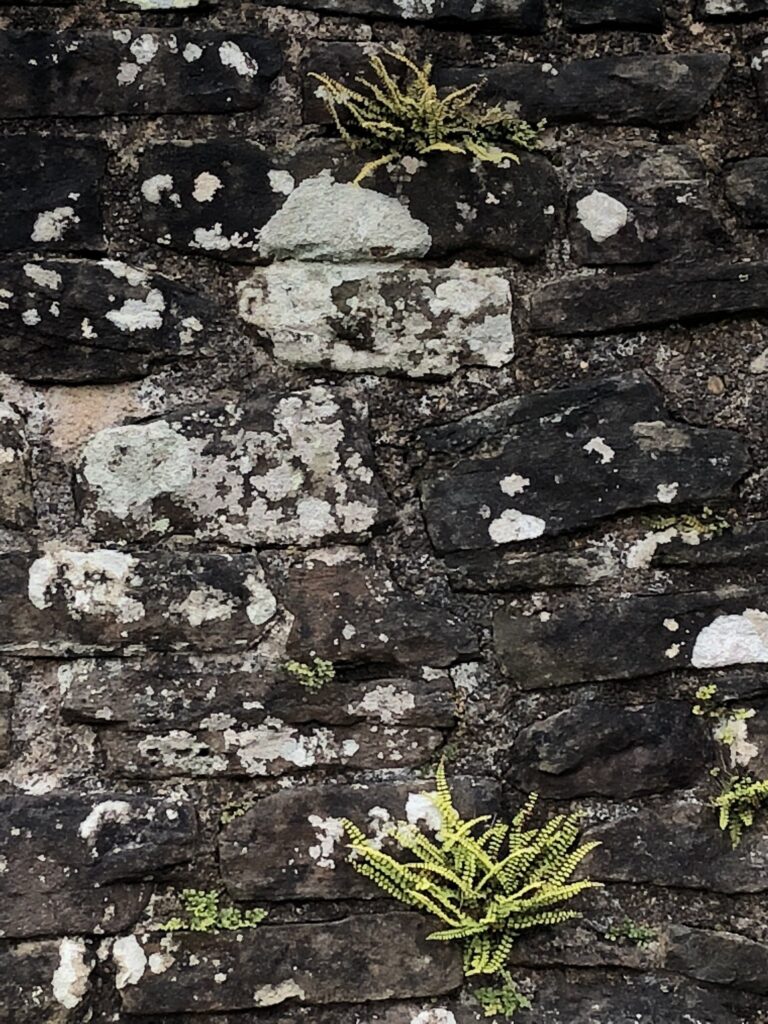I hope you enjoy this week’s article on acceptance. A quick reminder of the Stress-transformation coaching offer details below. If your reading this and its past the expiry date, let me know and we’ll see what we can work out…
In the spirit of dynamic mindfulness,
Toby
From resignation to positive acceptance
For many of us there can be resistance to the idea of acceptance because we mistake it with resignation or giving up. It can be useful to make a clear distinction between them, so we can practice positive acceptance on the one hand and avoid resignation on the other.
Healthy acceptance involves a wholehearted acceptance of our reality, of something that has happened. It is reality oriented and acts as a basis for moving forward:
- I accept that although I wanted to get the job, I didn’t.
- I accept that this person manipulated me, I can see it now.
- I accept that I am still a bit sad about X…
For acceptance to move to resignation, there needs to be added to this a ‘negative’ belief about our life in general:
- I accept that although I wanted to get the job, I didn’t, and this always happens to me, I never get the break!
- I accept that this person manipulated me, I can see it now. The world is full of manipulators trying to make a victim of me…
- I accept that I am still a bit sad about X, why is my life always so full of misery?
To avoid resignation and move to ‘positive’ or dynamic acceptance, we can practice mindfully adding a sentence to it that helps us move forward optimistically:
- I accept that although I wanted to get the job, I didn’t. But I learned a lot, and I have another interview tomorrow!
- I accept that this person manipulated me, I can see it now. Boy, this experience is going to help me be less naïve in the future, I’m glad I had it.
- I accept that I am still a bit sad about X…but I’m less sad than I was last month, and its natural to feel sad when you lose something that you value…
What are the situations in your life where you can practice moving from resignation to positive acceptance?
Related article: Acceptance and forgiveness – The difference
Article © Toby Ouvry 2019, you are welcome to use or share this article, but please cite Toby as the source and include reference to his website www.tobyouvry.com
All Courses at Integral Meditation Asia
Ongoing on Wednesday’s, 7.30-8.30pm – Wednesday Meditation Classes at Basic Essence with Toby
Ongoing on Tuesday evenings, 7.30-8.30pm – Tuesday Meditation Classes at One Heart with Toby (East coast)
Monday 6.15-7.15 & Wednesday 12.15-1.15 – Integral Meditation classes at Space2B on Stanley Street
Saturday mornings 9-10.15am, April 20th & 27th – Qi Gong workout and meditation class
FOR BEGINNERS: Saturday 27th April, 11-12.30pm – Get your meditation practice started now- The shortest and most time effective meditation workshop ever
Saturday 4th May, 10am-4.30pm – An introduction to meditation from the perspective of Shamanism
Online Courses * 1:1 Coaching * Books * Live Workshops * Corporate Mindfulness Training *Life-Coaching * Meditation Technology










